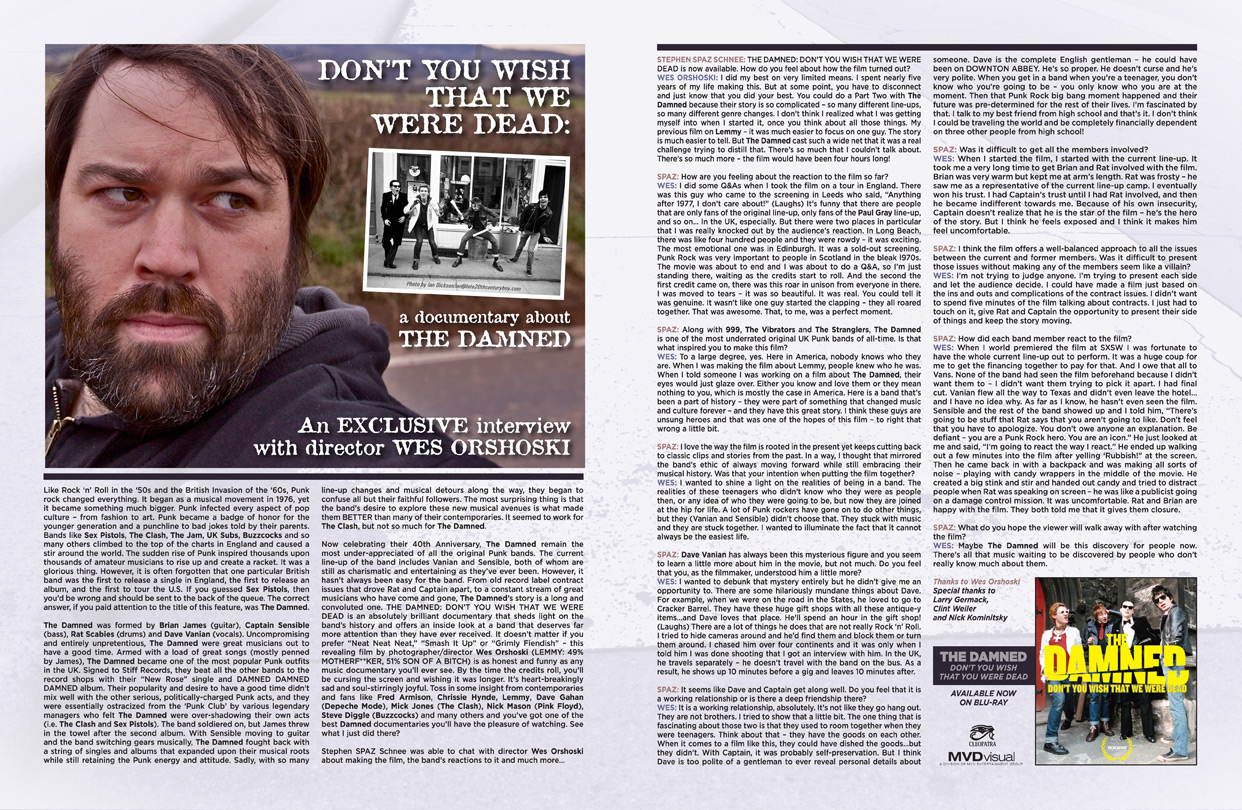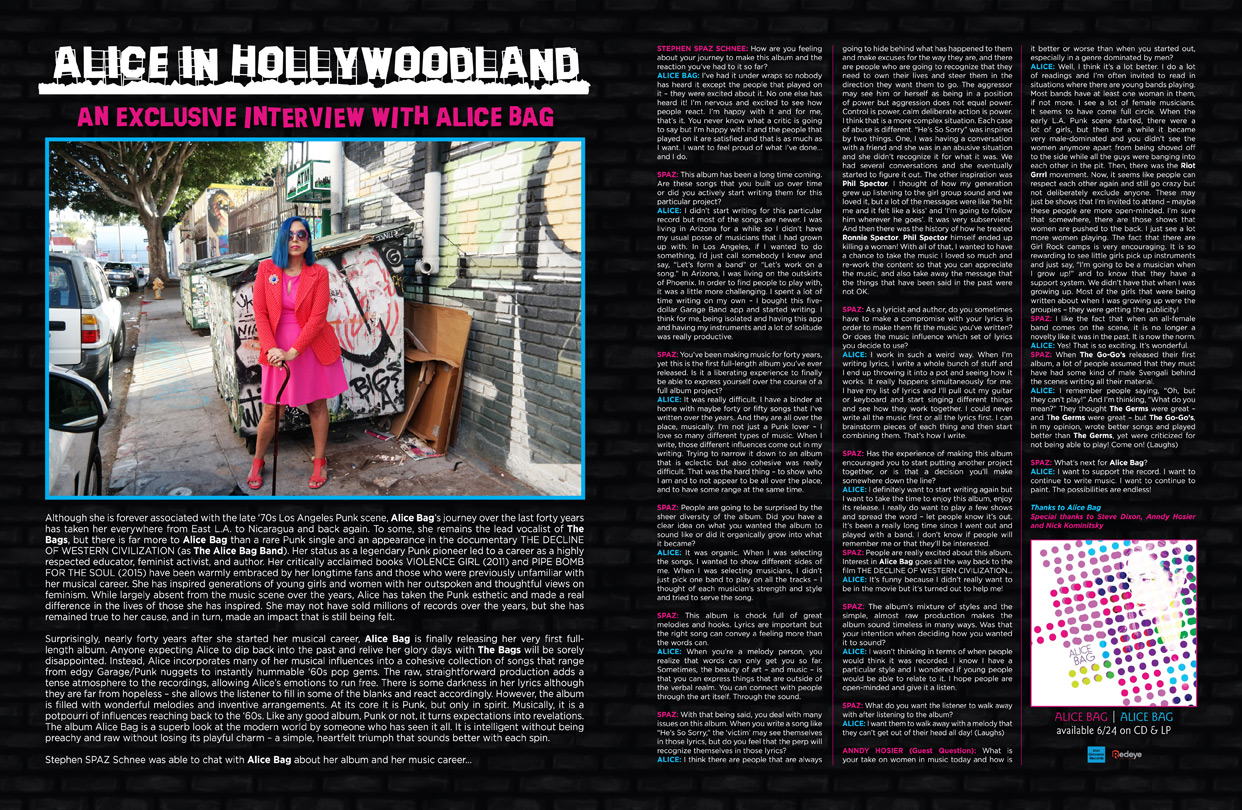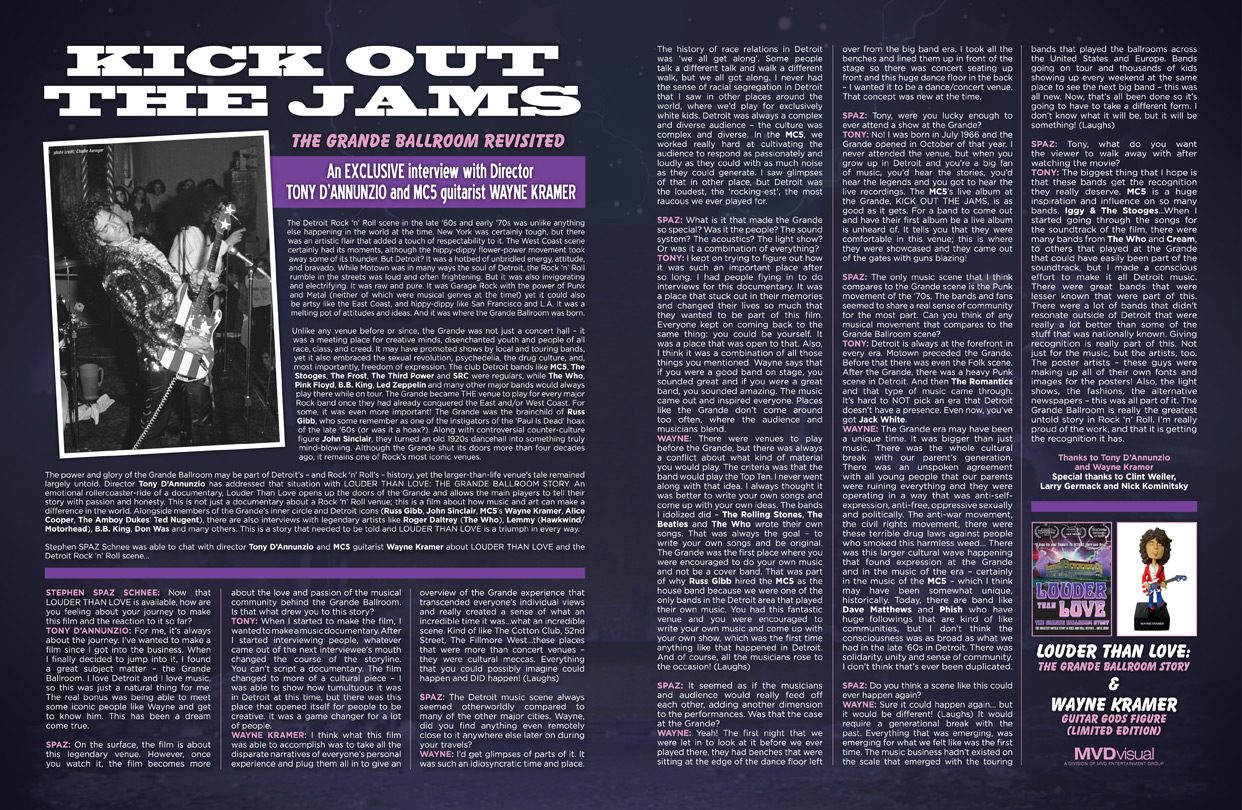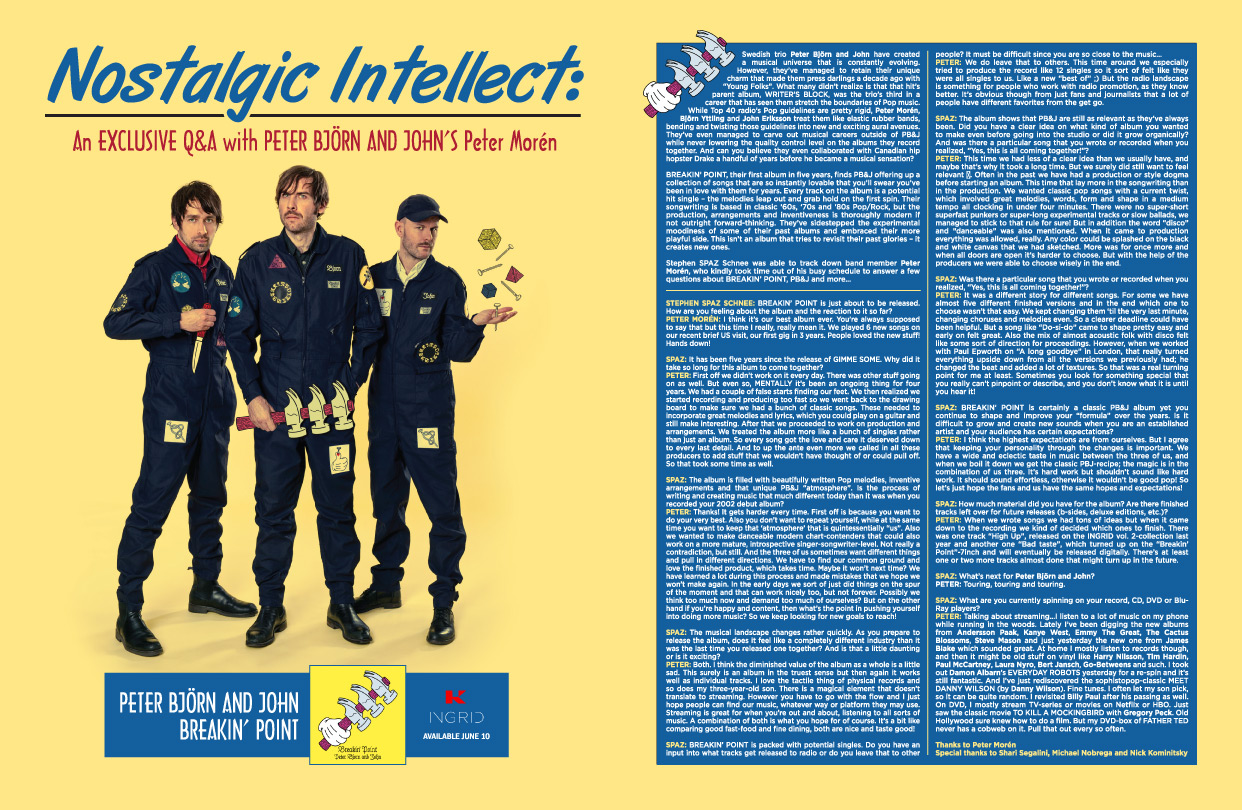Like Rock ‘n’ Roll in the ‘50s and the British Invasion of the ‘60s, Punk rock changed everything. It began as a musical movement in 1976, yet it became something much bigger. Punk infected every aspect of pop culture – from fashion to art. Punk became a badge of honor for the younger generation and a punchline to bad jokes told by their parents. Bands like Sex Pistols, The Clash, The Jam, UK Subs, Buzzcocks and so many others climbed to the top of the charts in England and caused a stir around the world. The sudden rise of Punk inspired thousands upon thousands of amateur musicians to rise up and create a racket. It was a glorious thing. However, it is often forgotten that one particular British band was the first to release a single in England, the first to release an album, and the first to tour the U.S. If you guessed Sex Pistols, then you’d be wrong and should be sent to the back of the queue. The correct answer, if you paid attention to the title of this feature, was The Damned.
The Damned was formed by Brian James (guitar), Captain Sensible (bass), Rat Scabies (drums) and Dave Vanian (vocals). Uncompromising and entirely unpretentious, The Damned were great musicians out to have a good time. Armed with a load of great songs (mostly penned by James), The Damned became one of the most popular Punk outfits in the UK. Signed to Stiff Records, they beat all the other bands to the record shops with their “New Rose” single and Damned Damned Damned album. Their popularity and desire to have a good time didn’t mix well with the other serious, politically-charged Punk acts, and they were essentially ostracized from the ‘Punk Club’ by various legendary managers who felt The Damned were over-shadowing their own acts (i.e. The Clash and Sex Pistols). The band soldiered on, but James threw in the towel after the second album. With Sensible moving to guitar and the band switching gears musically, The Damned fought back with a string of singles and albums that expanded upon their musical roots while still retaining the Punk energy and attitude. Sadly, with so many line-up changes and musical detours along the way, they began to confuse all but their faithful followers. The most surprising thing is that the band’s desire to explore these new musical avenues is what made them BETTER than many of their contemporaries. It seemed to work for The Clash, but not so much for The Damned.
Now celebrating their 40th Anniversary, The Damned remain the most under-appreciated of all the original Punk bands. The current line-up of the band includes Vanian and Sensible, both of whom are still as charismatic and entertaining as they’ve ever been. However, it hasn’t always been easy for the band. From old record label contract issues that drove Rat and Captain apart, to a constant stream of great musicians who have come and gone, The Damned’s story is a long and convoluted one. THE DAMNED: DON’T YOU WISH THAT WE WERE DEAD is an absolutely brilliant documentary that sheds light on the band’s history and offers an inside look at a band that deserves far more attention than they have ever received. It doesn’t matter if you prefer “Neat Neat Neat,” “Smash It Up” or “Grimly Fiendish” – this revealing film by photographer/director Wes Orshoski (Lemmy: 49% Motherf**ker, 51% Son Of A Bitch) is as honest and funny as any music documentary you’ll ever see. By the time the credits roll, you’ll be cursing the screen and wishing it was longer. It’s heart-breakingly sad and soul-stirringly joyful. Toss in some insight from contemporaries and fans like Fred Armison, Chrissie Hynde, Lemmy, Dave Gahan (Depeche Mode), Mick Jones (The Clash), Nick Mason (Pink Floyd), Steve Diggle (Buzzcocks) and many others and you’ve got one of the best Damned documentaries you’ll have the pleasure of watching. See what I just did there?
Stephen SPAZ Schnee was able to chat with director Wes Orshoski about making the film, the band’s reactions to it and much more…




